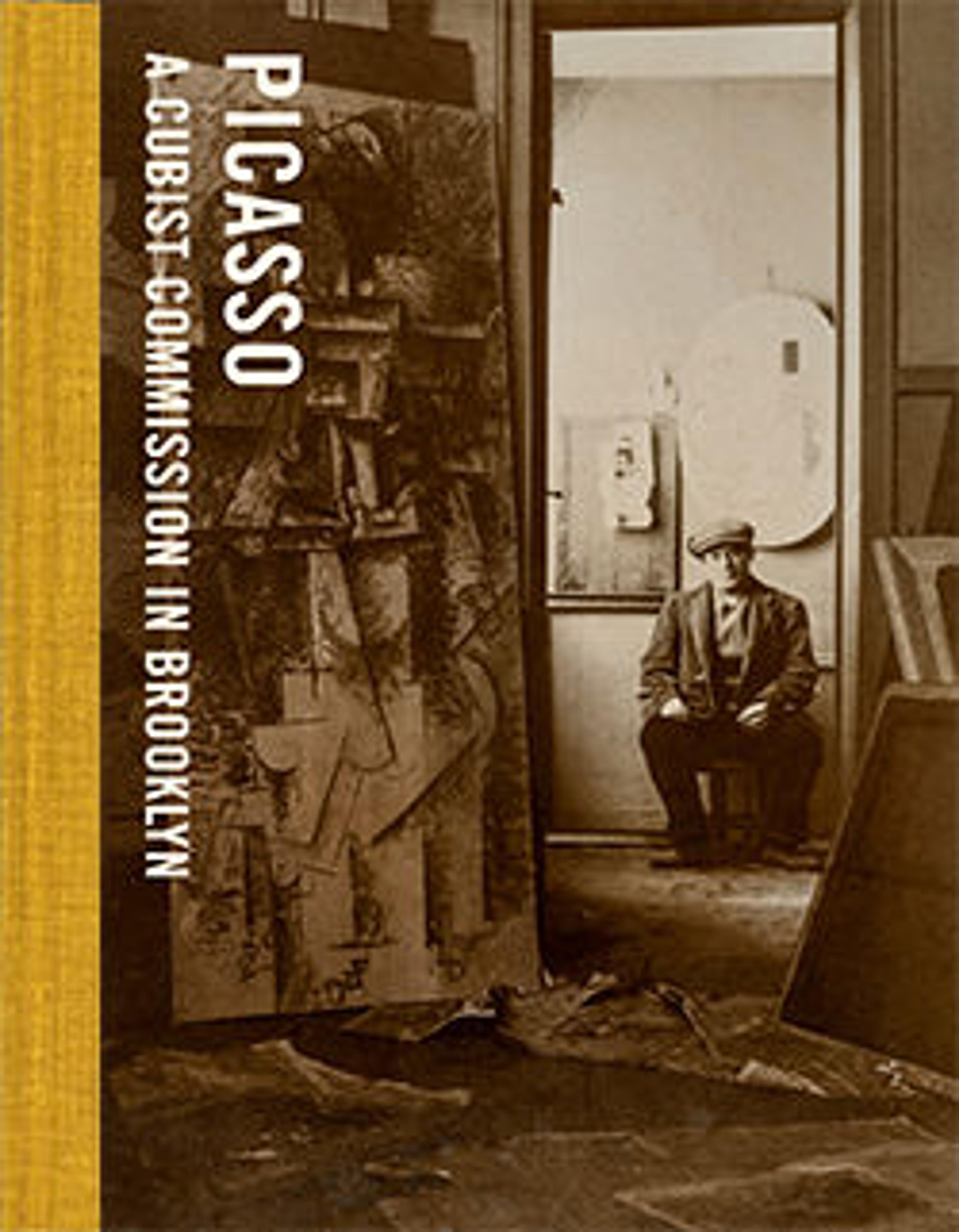Standing Female Nude
Daniel-Henry Kahnweiler, who was a pioneering historian of Cubism as well as its preeminent dealer, wrote that in the summer of 1910, Picasso "pierced the closed form." In doing so, he made "the decisive advance which set [C]ubism free from the language previously used by painting." As seen in this ink drawing, space flows freely through the mass of the figure, producing a scaffolding of planes. Without the title, there is little to suggest the subject matter, let alone the gender of the figure, which was likely rendered without a model. Only the vertical orientation and varying combinations of curved and diagonal lines prompt us to visualize the head, breasts, shoulder blades, and limbs.
Artwork Details
- Title: Standing Female Nude
- Artist: Pablo Picasso (Spanish, Malaga 1881–1973 Mougins, France)
- Date: Cadaqués, summer 1910
- Medium: Pen and ink on paper
- Dimensions: 12 1/4 × 8 1/8 in. (31.1 × 20.6 cm)
- Classification: Drawings
- Credit Line: Leonard A. Lauder Cubist Collection, Gift of Leonard A. Lauder, 2016
- Object Number: 2016.237.31
- Rights and Reproduction: © 2025 Estate of Pablo Picasso / Artists Rights Society (ARS), New York
- Curatorial Department: Modern and Contemporary Art
More Artwork
Research Resources
The Met provides unparalleled resources for research and welcomes an international community of students and scholars. The Met's Open Access API is where creators and researchers can connect to the The Met collection. Open Access data and public domain images are available for unrestricted commercial and noncommercial use without permission or fee.
To request images under copyright and other restrictions, please use this Image Request form.
Feedback
We continue to research and examine historical and cultural context for objects in The Met collection. If you have comments or questions about this object record, please contact us using the form below. The Museum looks forward to receiving your comments.
